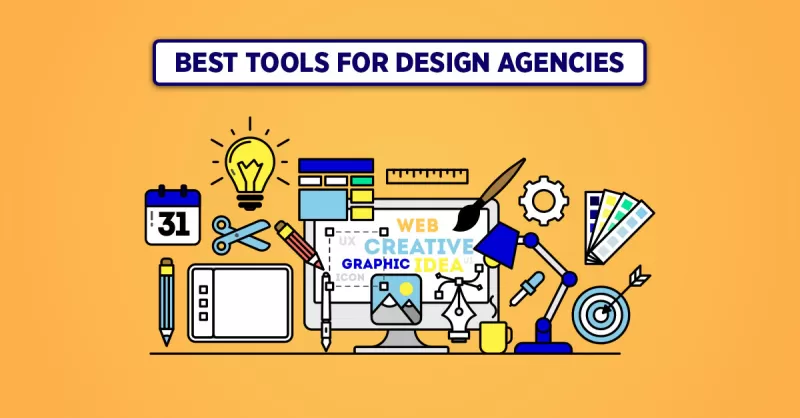
In the ever-evolving field of web design, staying ahead of the curve is crucial for creating stunning, functional, and user-friendly websites. As we move further into 2024, the landscape of web design tools and software continues to innovate, offering designers new and improved ways to streamline their workflows and enhance their creativity. In this extensive guide, we will explore the best tools and software for web designers in 2024, detailing their features, benefits, and how they can elevate your design process. Whether you’re a seasoned professional or just starting out, understanding the latest tools available can help you achieve exceptional results.
Choosing the right tools and software for web design is essential for several reasons:
Here’s a breakdown of the best tools and software for web designers in 2024 that can help you create exceptional websites:
Adobe XD remains a top choice for web designers due to its comprehensive design and prototyping capabilities. It allows for seamless wireframing, design, and prototyping all within one platform.
Figma has solidified its position as a leading design tool due to its cloud-based approach, which facilitates real-time collaboration and design sharing.
Sketch is a favorite among macOS users for its intuitive interface and powerful design features. It excels in vector graphics and user interface design.
Webflow bridges the gap between design and development by allowing designers to create fully functional websites without writing code. It’s perfect for designers who want to bring their prototypes to life quickly.
InVision offers a suite of tools for design collaboration and prototyping. It’s particularly useful for presenting and sharing design ideas with stakeholders.
Axure RP is known for its advanced prototyping and wireframing capabilities. It’s ideal for designers who need to create detailed and interactive prototypes.
Framer combines design and code, offering a unique approach to creating interactive prototypes with a focus on animation and user interactions.
Principle is a tool for creating interactive and animated prototypes. It’s designed to help designers visualize complex interactions and animations.
Marvel App offers a user-friendly interface for prototyping, user testing, and collaboration. It’s ideal for quick design iterations and testing.
Zeplin streamlines the handoff process between design and development. It provides developers with the assets and specifications they need to bring designs to life.
Besides the primary design tools, there are other software and tools that complement web design workflows:
As technology continues to advance, several trends are shaping the future of web design tools:
In 2024, the landscape of web design tools and software offers a diverse range of options to meet the needs of designers at every level. From comprehensive design platforms like Adobe XD and Figma to specialized tools like Principle and Zeplin, the right tool can greatly enhance your design process and help you create exceptional websites. As you explore these tools, consider how they align with your workflow and design goals.
For those seeking expert support and high-quality design services, Sympaweb stands out as a leading choice. With a team of skilled designers and developers, Sympaweb can assist you in leveraging the best tools and software to bring your web design projects to life. Whether you’re looking to create stunning prototypes or develop fully functional websites, Sympaweb has the expertise to help you achieve your goals.